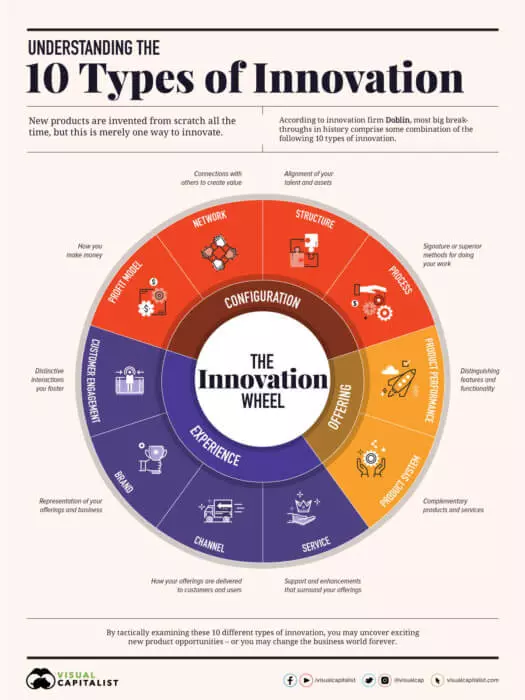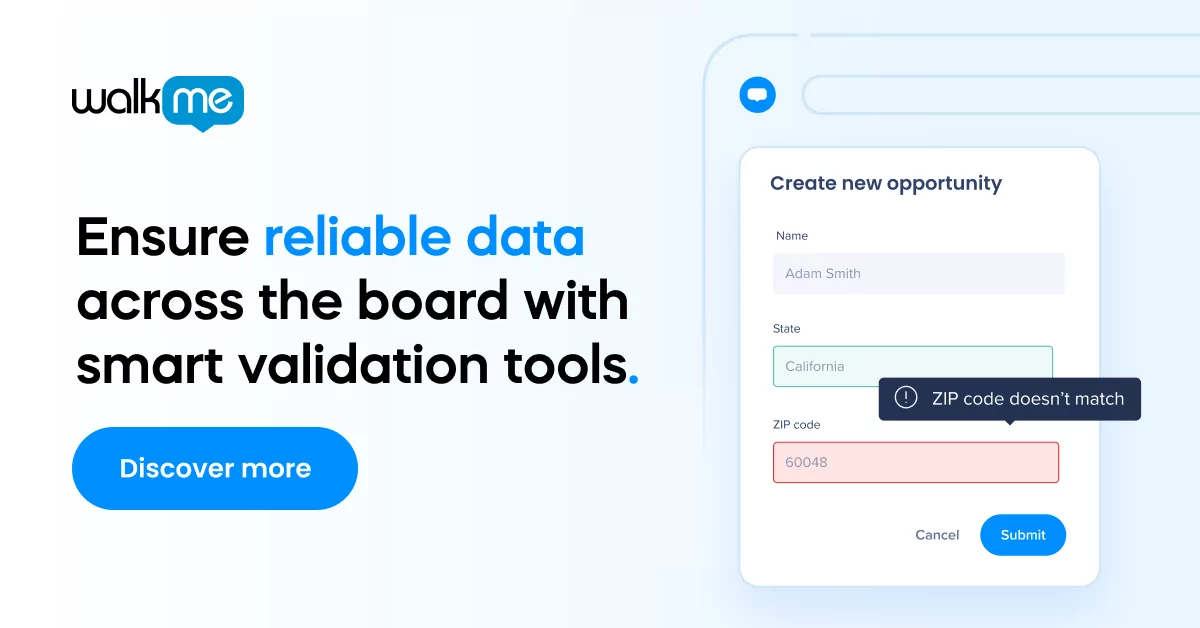In today’s changing economy, it’s no surprise that business transformation has become a focal point for professionals at every level.
Yet confusion remains over best practices, strategies, and even the very meaning of the term.
Naturally, before investing in any business transformation strategy, we must have a clear understanding of these fundamental concepts.
Below, we’ll learn what business transformation is, why it matters, a few principles that should guide transformation efforts, and what the future of organizational transformation looks like.
What is business transformation?
Business transformation, organizational change, and organizational transformation are sometimes used interchangeably, but it is important to understand the difference between these ideas.
To highlight those distinctions, let’s look at a few key concepts:
Change. Organizational changes are those that affect the organization, such as strategic changes or changes to business processes.
Transformation. Transformative business changes are, as one might expect, deeper and more comprehensive than those that focus on a specific area within a business. An organizational transformation, for instance, may attempt an overhaul of the entire business strategy and mission, while organizational changes would target specific business functions.
Productivity and performance. Productivity centers around output, while performance refers to the ability to meet specific goals. Oftentimes, transformation efforts aim to improve either productivity or performance, but as we discuss below, they should target both.
In a stable economy, organizational changes that focus on performance improvements may suffice. However, as economic volatility increases, so too does the need for more transformative change.
Why business transformation is more relevant than ever
The business landscape has become more disruptive with each passing year, and that is unlikely to change any time soon.
Digital technology, for instance, has propelled change in virtually every industry.
Technology has literally transformed the way we live, communicate, and work. Innovation has powered the rise of new companies and industries, but that same growth has also disrupted established ecosystems.

The explosive success of companies such as Amazon and Netflix have accompanied the downfall of competitors who were too slow to adapt.
Though these two examples are certainly two of the most extreme cases, they do illustrate the key point: to survive and thrive in a changing economic landscape, companies must also be willing to change.
Not all organizational changes are created equal, however – the degree and type of change will depend on a number of factors, from the industry to the organization’s specific circumstances. Generally speaking, business changes should scale up in proportion with external changes.
Types of transformation
Different models exist that describe the types of organizational change, and one of the easiest to understand divides those changes based on their target area of impact:
Processes. These changes affect workflows, procedures, protocols, and business process designs.
People. Organizational changes that affect people include those that impact the workforce, such as organizational culture changes or communication changes.
Technology. Technology-driven changes, such as digital adoption, have become very common in today’s workplace, as mentioned above.
Programs that target these areas are, of course, simply vehicles designed to achieve specific business goals. Many companies will limit the scope of their projects to performance or productivity improvement, rather than investing in significant organizational transformation.
Smaller change projects carry fewer risks, but they also offer smaller rewards.
In today’s rapidly evolving economy, it is important to weigh those risks and rewards against the result of not adapting.
That assessment will play a key role in determining the initiative’s scope, scale, and strategy.

Strategies and best practices
We can hardly hope to comprehensively cover the principles of change management in this article, but the tips below can serve as a good introduction:
Take a structured approach to change management. First and foremost, it is critical to manage business change projects effectively. Poorly managed initiatives will run into more problems and they will have a higher chance of failure. Well-managed change programs, however, will produce better outcomes at less cost.
Put people at the center of the effort. Prosci, a change management consultancy, emphasizes the importance of change at the individual level. Like many other change management frameworks, their model is built entirely around the workforce. By providing employees with the skills, the knowledge, and the tools they need to succeed, Prosci asserts, managers will have a much higher chance of success.
Assess, understand, and mitigate risks. Many of the risks associated with organizational change are predictable and avoidable. Employee resistance, for example, can be reduced with effective communication and training.
Go all in. Research from McKinsey suggested that when organizations choose to undertake transformation efforts, they should aim to improve both performance and the portfolio. In their study, organizations that invested in both areas achieved the best results.
Risk-averse business leaders may temper the size of their change projects in order to reduce risk, but McKinsey claims that bigger changes actually reduce risk profiles. They stated that “when you’re parked on the side of a volcano, staying put is your riskiest move.”

Not everyone may agree that the business landscape looks like a volcano, but it does a good job of illustrating the dangers of staying static in a moving world.
Change management strategies such as those covered above can help companies drive successful change, but in today’s digital workplace, it is equally important to have the right digital tools.
Fueling change with the right tools
When digital tools are applied correctly, they offer a wide range of benefits, from improved efficiency to better performance. And some business processes are only possible with the right software.
Though businesses can transform without the use of digital technology, certain tools are indispensable, especially for larger organizations.
Here are a few to consider:
ERP and HCM platforms. Enterprise resource planning (ERP) platforms and human capital management (HCM) platforms are essential for large or growing enterprises. They offer an extensive tool set that can be used by finance and HR to allocate resources, manage talent, financial forecasting, and more – functions that are essential to planning and executing a successful transformation.
Data and analytics tools. Data and analytics tools can be used to improve performance in nearly every business unit. As with the other tools listed here, what matters most is not the tool itself, but how the tool is used. In order to realize a product’s value, it is important to fully adopt that tool into the workplace. Building a data culture, redesigning business processes, and training employees are a few ways to improve the workforce’s skills with those tools.
Digital adoption platforms. Digital adoption platforms (DAPs) provide in-app training through software walkthroughs and contextualized guidance. WalkMe’s platform is used to streamline digital adoption, digital transformation, software onboarding, and other processes that are key to successful business transformation.
Given the trajectory of the global economy, which is becoming more digital by the day, it is no surprise that many of today’s organizational transformations are intertwined with digital initiatives.
In this context, having the right digital adoption solution and strategy is not only advantageous, it can have a direct impact on the outcomes of such initiatives.


